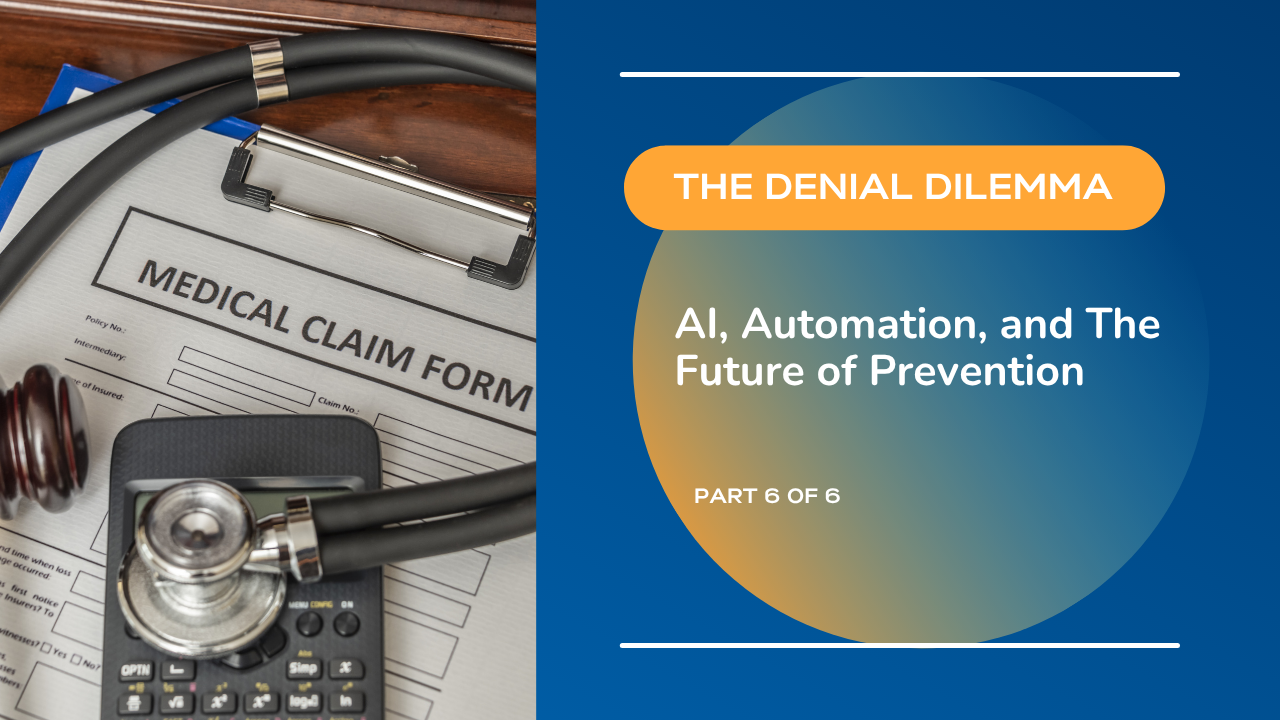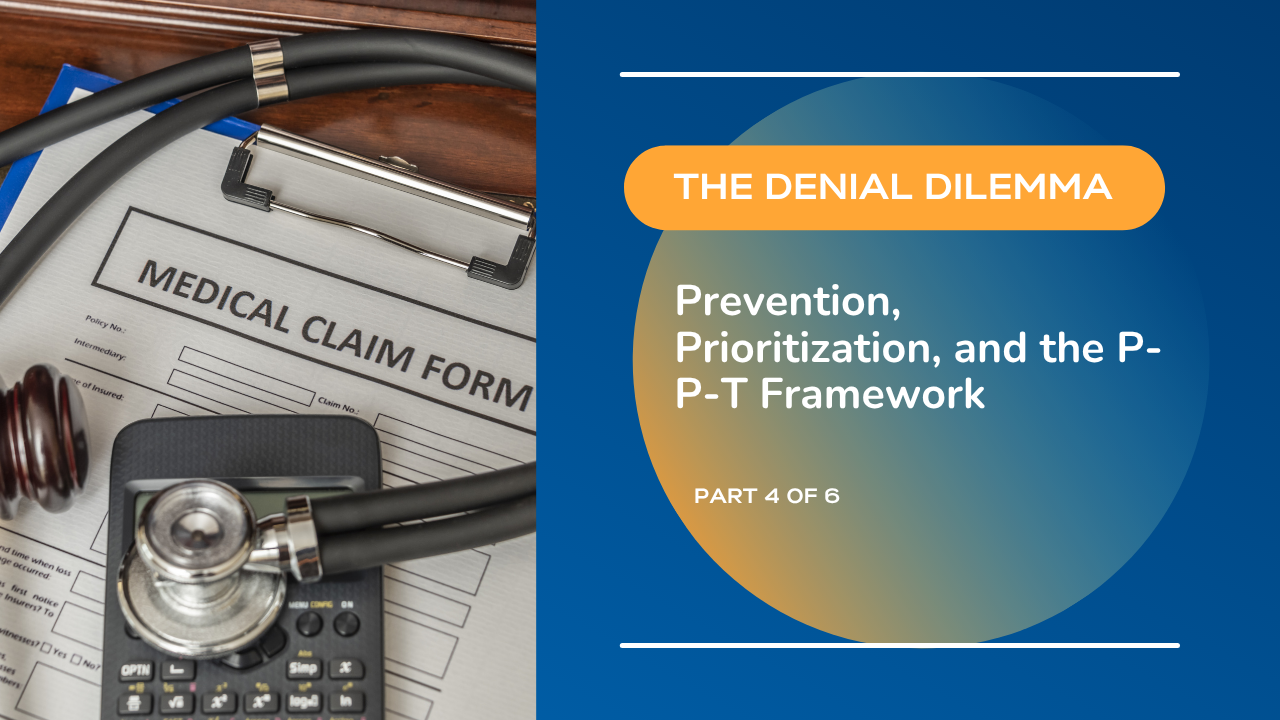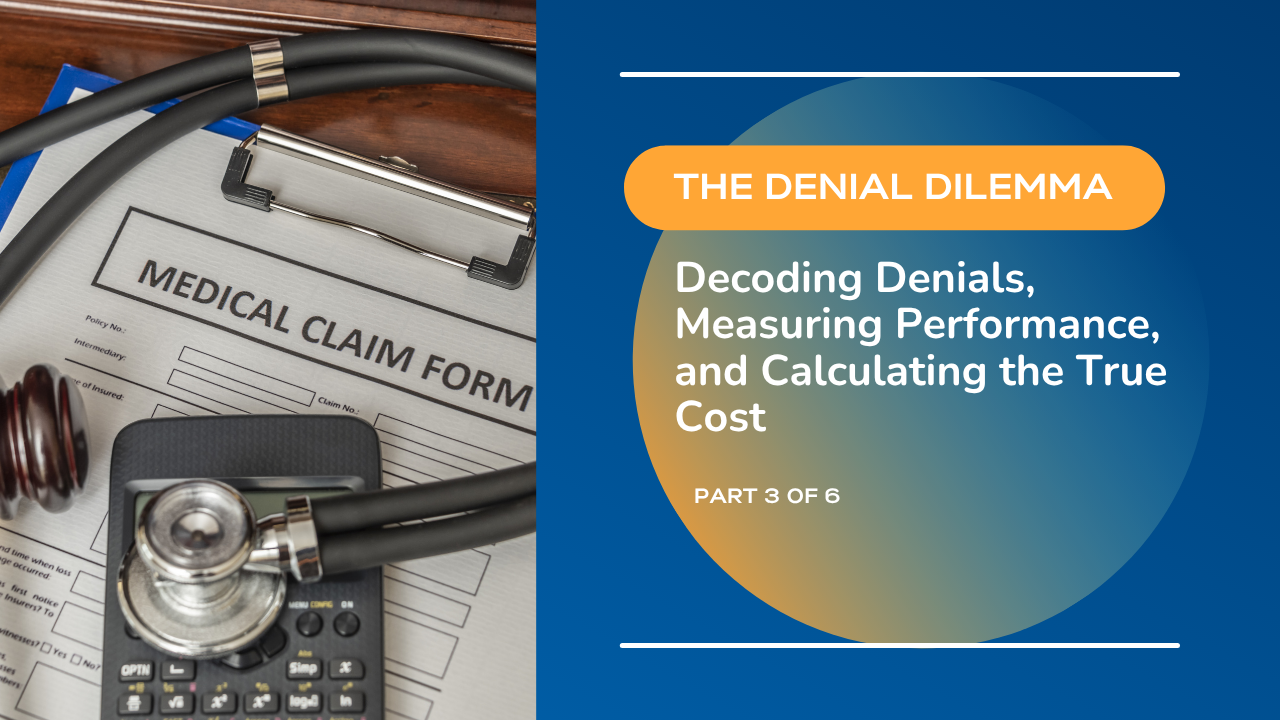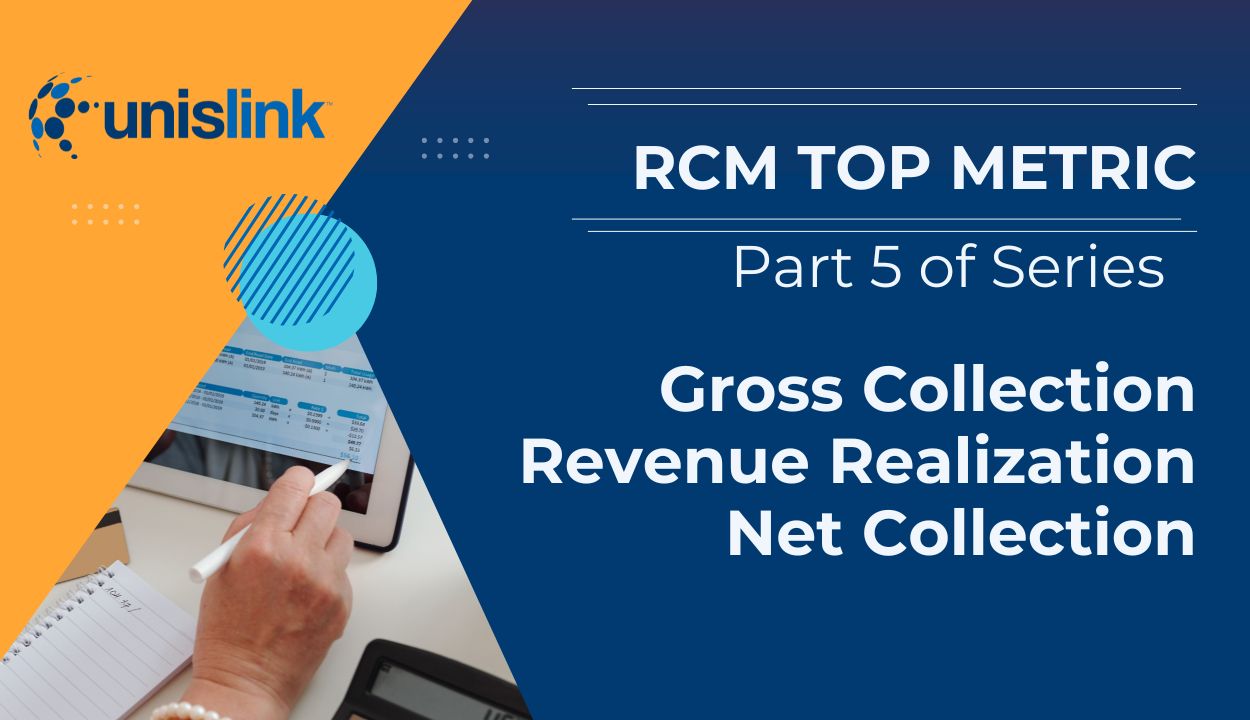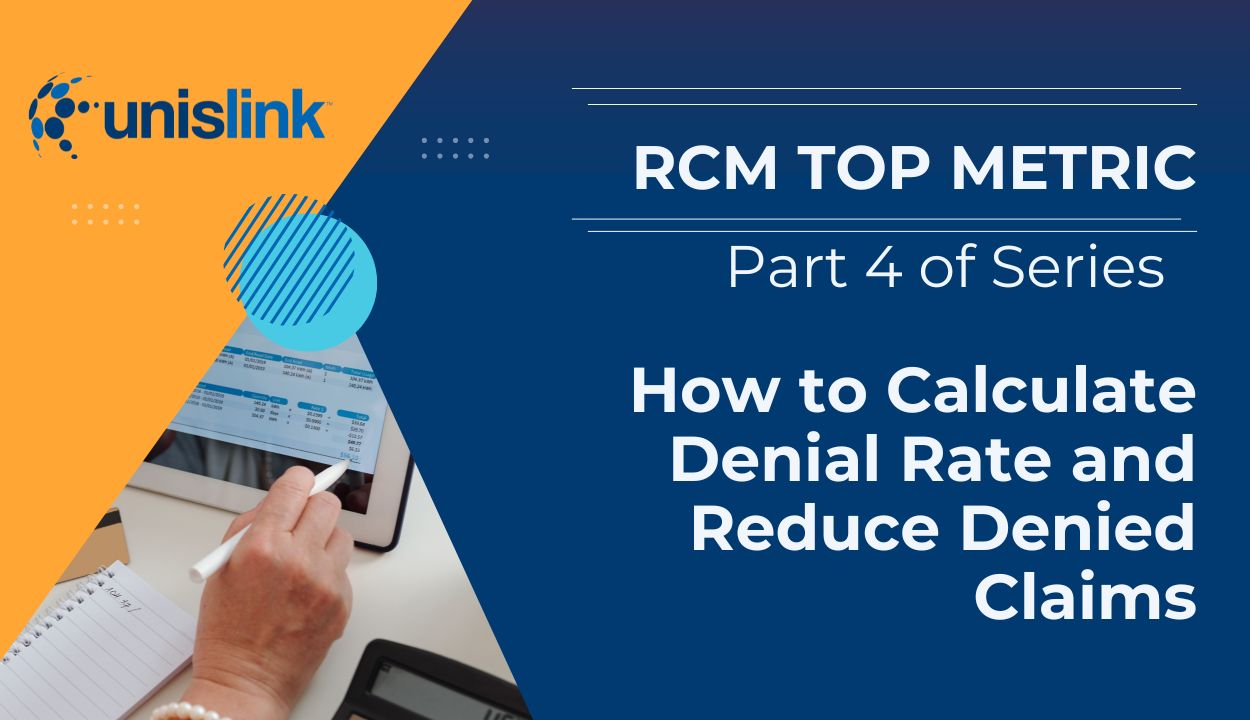Explore how Automated Eligibility Checking, Sophisticated Claims Edits, and the power of AI/RPA transform the third pillar of the People, Process, and Technology (P-P-T) framework, making your RCM strategy resilient, efficient, and profitable. Learn to leverage technology to prevent denials at the source and secure your financial future.
